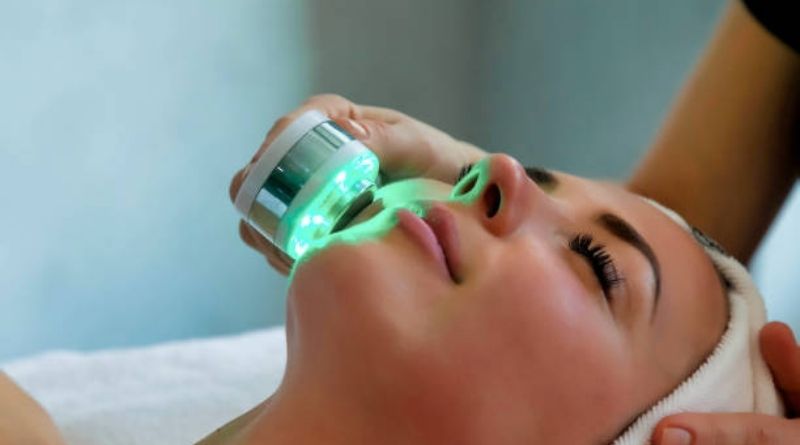The red light therapy isn’t just for high-flying A-listers like Jessica Alba or Gwyneth Paltrow, it’s also for everyday folks who are looking to feel healthier, slimmer and brighter. Known as electroquinone (or sometimes perking) therapy, this technique typically involves wearing a pair of sunglasses that allow red wavelengths to pass through. (I like the Marc by Marc Jacobs shade.) A doctor or naturopath will typically explain the science behind the method, which can help you optimize your health in other ways, as well.
What Are Red Light Therapy Eyeshadows?
Stones are another option to wear with red light treatments, and you can find a variety of colored stones on the market.
What Is Electroquinone?
Similar to Vitamin C, this chemical is a powerful antioxidant that can help regulate the body’s cellular function. (Another healthful benefit of red light treatments.) For the majority of the year, most people have access to sources of the nutrient. In the winter, it’s not so easy to find; it’s available in less concentrated forms such as red light. Just make sure the dosage of the red light treatment is at least 15 mg, and you’ll be good to go.
How Do I Wear Red Light Therapy Eyeshadow?
It’s important to note that it’s not practical to wear red light therapy all day, every day, so you’ll want to apply it for a short period of time, just a few minutes at a time. It’s also important that you stick to neutral shades, as the shade you use will change how the red light treatments work. For example, if you want to try it with a gray shade, you’ll want to apply it just to the center of your lid.
Try it with the Becca palette or Kylie Cosmetics Anastasia dipbrow in Rum and Platinum.
Since it’s not always safe to wear synthetic makeup on your eyes, I’d recommend sticking with liquid or cream shadows. Soak up the red light by gently peeling away a small portion of your eye makeup with a cotton pad, then gently apply to the inner corners of your eye with a brown eyeshadow brush. Blend it out for a subtle yet dazzling look.
If you’re interested in a more permanent and long-lasting fix, use red light treatments on your skin instead. It will likely require up to three sessions, depending on the depth of the pigmentation problem, but your results should last up to two years.
The Hormone Connection
That’s because the rise in collagen and elastin is closely tied to the changes hormone levels, such as estrogen and testosterone, might be going through. While you may think that more estrogen means a healthier body and skin, the opposite is true for the hormones. When estrogen levels go up, skin becomes dryer, oilier, and more sensitive to the sun’s UV rays. This is the reason why, even after breastfeeding, women who experience hormonal changes are more likely to suffer from breakouts and more wrinkles. When estrogen levels drop, skin becomes firmer, and less sensitive to the sun’s UV rays. It’s all related.
Because light therapy can help increase your skin’s production of collagen and elastin, it can improve your skin’s overall appearance. But since light therapy can’t do anything to heal your acne, it won’t be an option for tackling pesky breakouts on their own.
In an interview with the Huffington Post, Dr. Nancy Rozen, MD, a Chicago-based dermatologist, explains that the best way to treat breakouts at home is to do exfoliating treatments before applying the light therapy, which, in this case, would be an exfoliating serum. Thanks for reading!
Read more: https://technewminds.com/.

